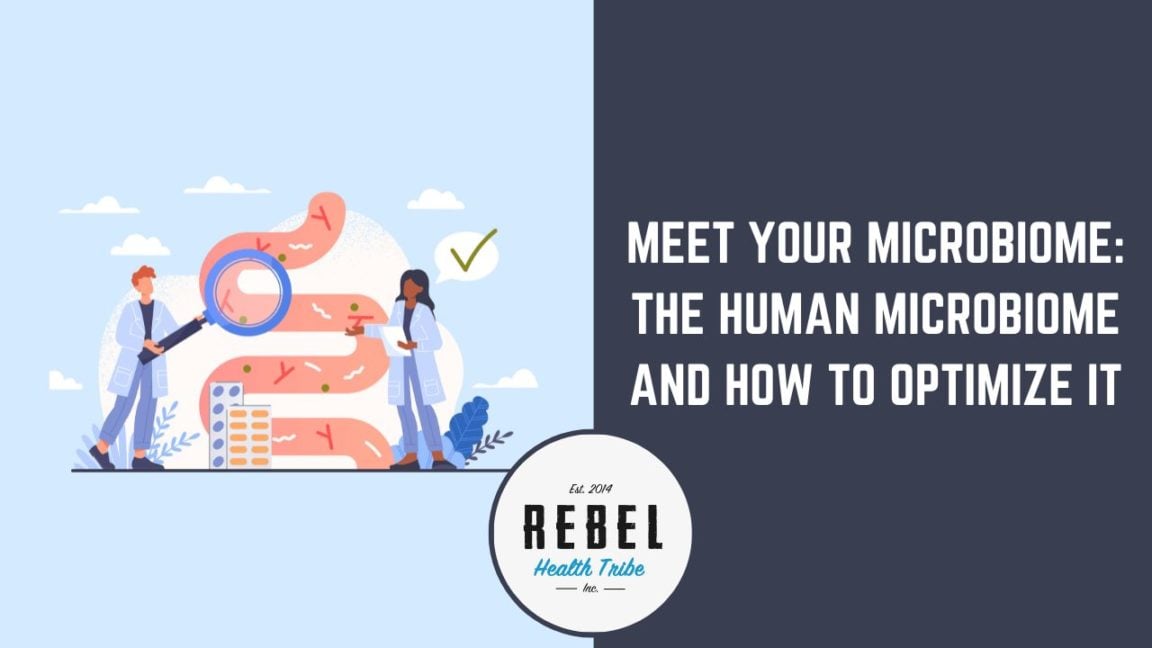
Meet Your Microbiome: The Human Microbiome and How to Optimize It
Meet Your Microbiome: The Human Microbiome and How to Optimize
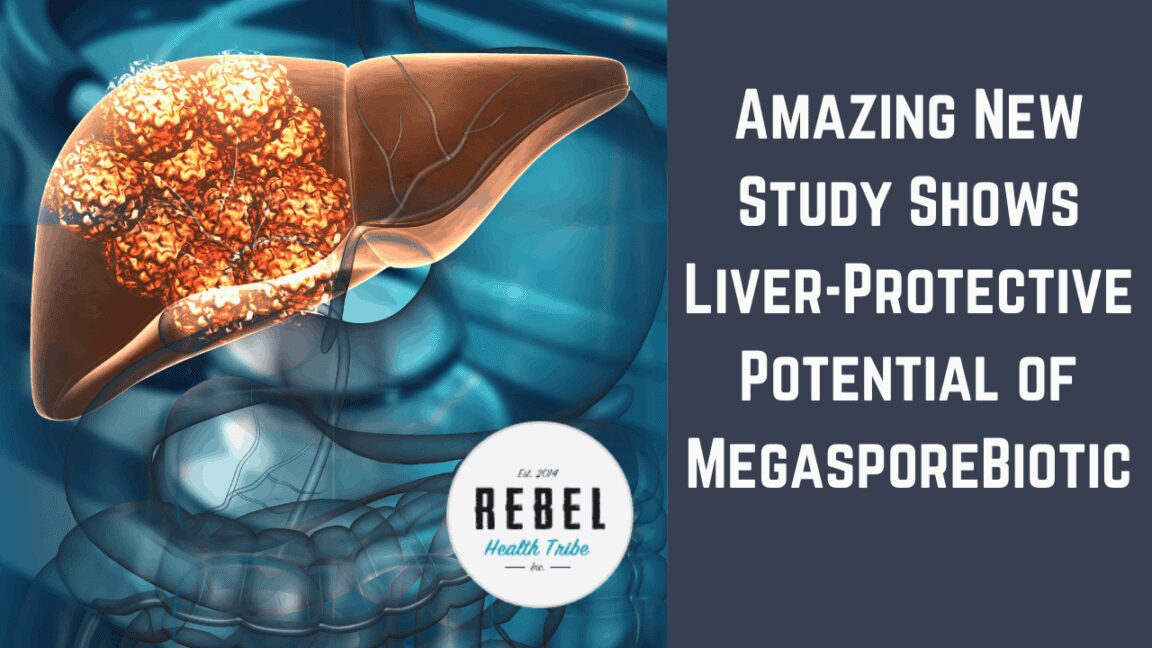

Meet Your Microbiome: The Human Microbiome and How to Optimize
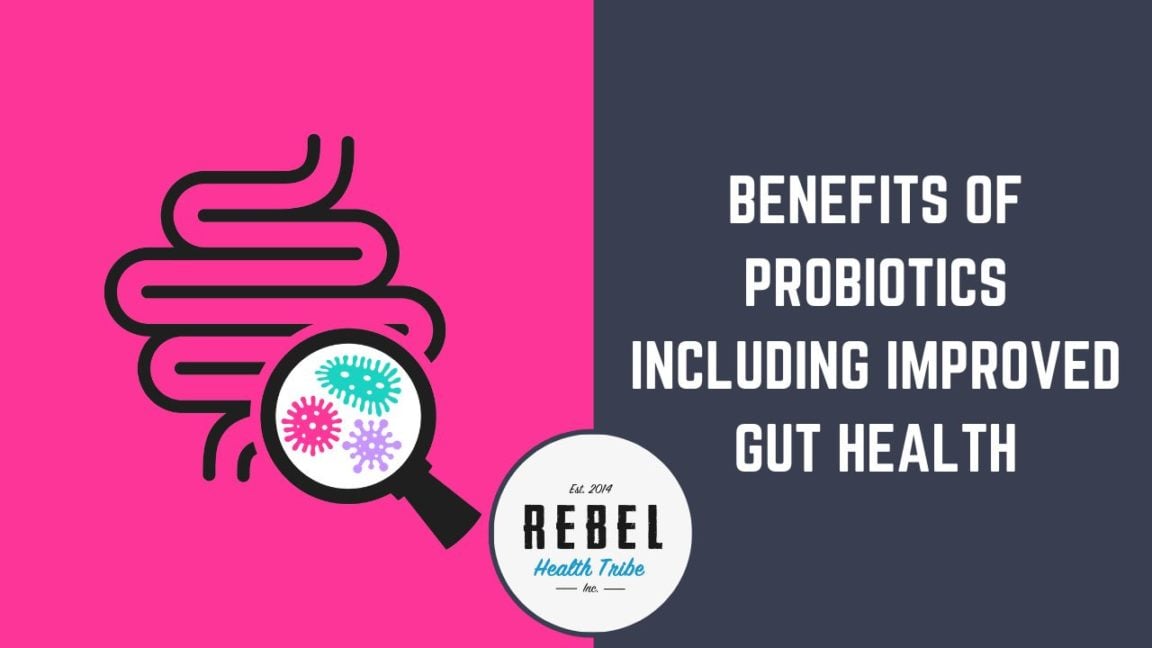
Benefits of Probiotics Including Improved Gut Health “Probiotics” has become

Gut Microbiome Health and the Gut-Immune System Connection: Part 2
It is no secret that spore-based probiotic supplement benefits include an increase microbiome diversity, reduce gut permeability, produce essential nutrients, help combat pathogenic infections, and lower levels of endotoxins such as LPS (lipopolysaccharides) in the body. That’s why tens of thousands of doctors and other health practitioners are now using them in their professional practice.
But did you know bacillus spores can actually protect your liver as well as the commonly-used liver-friendly supplement (and medication in some parts of the world), silymarin?!
Recently, a string of rather incredible studies on Megasporebiotic (the world’s premier bacillus spore-based probiotic) have been published, and we’d like to share the findings. This post exposes the connection between Megaspore and its ability to protect the liver from damage just as well as silymarin (milk thistle extract).
Liver Function and Importance in Overall Health
The liver takes the brunt of the toxic load and is the only organ capable of regeneration in the body. It has 4 lobes and is found in the upper right-hand area of the abdominal cavity, beneath the diaphragm and on top of the stomach. Weighing about 3 pounds, it is shaped like a cone and is a dark reddish-brown organ. It is pivotal in many metabolic processes and has over 500 functions. The liver processes all the blood from the stomach and intestines. Oxygenated blood flows into the liver from the hepatic artery and nutrient-rich blood flows in from the hepatic portal vein. Briefly, the liver breaks down blood products, creates nutrients and metabolizes drugs into forms that are nontoxic and easier for the rest of the body to use or eliminate.
Some major functions include:
Typically the liver has considerable metabolic reserve. When an individual has decompensated liver disease they can develop significant nutritional deficiencies. A properly functioning liver is imperative for achieving and maintaining appropriate nutritional status. Functional reserve of the liver is so great that 80-90% of hepatocytes (liver cells) must be injured before physiologic functions are impaired.
Hepatocytes make up over 80% of the liver’s mass and play a role metabolizing amino acids and ammonia. The liver is the detox center of the body via 7 seven different pathways and a 2 phase process involving biochemical oxidation reactions. The destruction of hepatocytes results in acute liver failure. Chronic liver disease is characterized by liver inflammation and hepatocytes apoptosis.
Additionally, hepatic Kupffer cells are the largest reservoir of macrophages in the body and produce cytokines. These cells protect against gut-derived toxins that have escaped into portal circulation.
How prevalent is non-alcoholic fatty liver disease and what is it?
Non-alcoholic fatty liver disease (NAFLD) is a fairly common disorder affecting 25 percent of adults, up from 15 percent in 2005. It also impacts 1 in 10 children in the United States. This increase has been in parallel with the prevalence of obesity, type 2 diabetes and metabolic syndrome (18).
NAFLD is the hepatic manifestation of metabolic syndrome that results in the abnormal accumulation of fat in hepatocytes. This phenomenon is the consequence of increased free fatty acid delivery to the liver in addition to the export of VLDL out of the hepatocyte. This ensues an inflammatory response that can lead to liver cell injury, death and fibrosis. Normally the liver does contain some fat but if more than 5%-10% percent of the liver’s weight is fat, then it is called a fatty liver (steatosis). A more severe form of NAFLD called nonalcoholic steatohepatitis (NASH) is potentially a serious condition that causes the liver to swell and can lead to scarring and cirrhosis (2). Cirrhosis is the result of substantial damage where liver cells are gradually replaced by scar tissue, which results in the inability of the liver to work properly.
Cirrhosis often results in a catabolic state which requires increased protein needs leading to liver failure and malnutrition. Hepatic encephalopathy, loss of brain function due to the livers inability to filter toxins, is another unfortunate outcome of liver failure. Prognosis is poor with a mortality rate of 58 percent at one year and 77 percent at three years.
What contributes to NAFLD?
NAFLD is part of the metabolic syndrome characterized by: diabetes, insulin resistance, being overweight or obese, elevated cholesterol and triglycerides and high blood pressure.
Other contributing factors include:
Link Between NAFLD and Small Intestine Bacterial Overgrowth
Small intestinal bacterial overgrowth (SIBO) is an increase of bacteria in the small intestine that is typically in the large intestine (6). This bacterial overgrowth causes damage to the intestinal villi and can affect the absorption and metabolism of carbohydrates, proteins, fats and vitamins, leading to a loss of nutrients, all of which have liver involvement (6). The micro biome also helps regulate bile acid metabolism which can also contribute to NAFLD (19). Approximately 65-70% of individuals with fatty liver have SIBO. Individuals with SIBO have an increased risk for NAFLD and may benefit from aggressive control of the known risk factors (7).
Dysbiosis -> Leaky Gut Symptoms-> Portal Vein -> Liver Inflammation
This is referred to as the Gut-Liver Axis. Let’s break it down:
Step 1: Dysbiosis
Dysbiosis is a microbial imbalance on or inside the body (e.g. impaired intestinal microbiota).
Step 2: Leaky gut syndrome
Leaky gut syndrome is the dysfunction or disruption of the intestinal barrier. If there is a disruption, toxins such as endotoxins (lipopolysaccharide; LPS), are translocated to the mucous membrane and may subsequently lead to liver disease. Tight junction proteins are pivotal structures in maintaining the function of the mucosal membrane.
Step 3: Hepatic portal vein
The portal vein supplies blood to the liver from the intestines that is rich in digestive products, but also microbiological components derived from the microbiota.
Step 4: liver inflammation
Liver exposure to bacterial endotoxins, mainly lipopolysaccharide (LPS) and unmethylated DNA sequences, trigger an inflammatory reaction that affects the course of some hepatic disorders (6). Measuring levels of LPS is an indicator of toxicity.
Signs of Liver Inflammation include elevated liver enzymes and elevated C-reactive protein.
Research has shown that intestinal microbiota was altered significantly in the progression of liver disease due to exposure to bacterial lipopolysaccharides (LPS) (4,5).
Can probiotics protect organs outside of the gut?
The microbial communities that reside in the human gut and their impact on human health and disease are one of the most exciting and promising areas of research today (10). Probiotic supplement use significantly reduces the risk of hospitalization, related primarily to the development of fewer complications and episodes of hepatic encephalopathy in individuals with cirrhosis (9).
There is increasing evidence for a correlation between intestinal microbiota, bacterial translocation and hepatic steatosis. Intestinal microbiota affects nutrient absorption and energy homeostasis. Altered intestinal permeability favors the passage of bacteria derived products into the systemic circulation, causing a systemic inflammatory state (6). Therefore a balanced microbiome can reduce inflammation which is the root of many disease states.
Megaspore and Silymarin
Microbiologist Kiran Krishnan breaks down the details and impact of the study in this video clip:
A recent study on mice revealed that the probiotic containing Bacillus sp spores, had a protective effect on acute hepatic injury induced by APAP overdose in rats. Pretreatment with MSB resulted in a significant reduction in serum AST, ALT, proinflammatory cytokines (TNF-α, IL-1β), ZO-1 and TAC, as well as hepatocyte necrosis, which was similar to the well-known hepatoprotective agent, silymarin.
These results indicate the hepatoprotective potential of this spore-based probiotic in drug-induced acute hepatotoxicity. It is very important in drug-induced liver toxicity (11).
Here’s a link to the study itself: https://www.ncbi.nlm.nih.gov/pmc/articles/PMC7146158/
Silymarin acts as a free radical scavenger and is hepatoprotective through several mechanisms: antioxidant activity, blocks toxins at the membrane level, enhanced protein synthesis, antifibrotic activity, and anti-inflammatory or immunomodulating effects (15).
In individuals with diabetes and alcoholic cirrhosis, silymarin was also able to improve glycemic parameters. Individuals with drug-induced liver injuries were also successfully treated with silymarin (16).
Duysburgh et al. showed that Bacillus spores coadministered with prebiotics in a symbiotic formula, significantly influenced the microbial activity in the intestine, increasing the production of colonic butyrate. This is an important short-chain fatty acid that helps retain the structure of the intestinal barrier thus decreasing endotoxemia (11). (Products were Megasporebiotic and Megaprebiotic).
Megaspore protects against liver injury/damage just as well as silymarin, which is used for liver protection and is well known for its hepatoprotective capabilities.
Action Steps
Typically symptoms of NAFLD are experienced when it’s too late. There are no FDA approved medical treatments but there are preventative measures and actions you can initiate now.
Action 1: Lifestyle modifications, proper nutrition and functional medicine
Recommendations for reducing/reversing NAFLD from a functional medicine perspective often include: elimination of high-fructose corn syrup and high sugar foods, balancing blood glucose levels, eliminating highly processed and fried foods, moderate levels of exercise at least 30 minutes/day, reducing toxic burden (organic food, non-toxic cleaning & beauty products, etc…), eating plenty of cruciferous vegetables, greens, and sulfur-containing foods such as onion and garlic, and liver-supportive supplementation. (Lipoic acid, glutathione, NAC, milk thistle (silymarin), etc…)
Action 2: Obtain lab work
Liver enzymes; alanine aminotransferase (ALT) and aspartate aminotransferase (AST) will provide a good indication of liver functionality. Ultrasound imaging is also used to get an even more accurate picture of liver health in regards to NAFLD.
Action 3: Obtain a quality probiotic
Megaspore looks to be a promising solution to help in protecting the liver, regaining liver function and improving overall health – in addition to the proven benefits of increasing microbial diversity, reducing systemic inflammation, and reducing gut permeability (leaky gut symptoms).
ZenBiome™ Sleep is formulated to help clients deal with occasional...
An Exclusive Course with 10 Years of Microbiome
If you’ve ever wanted all of Kiran’s best
The toxicity and Detoxification Masterclass covers a wide
19 Leading Experts Share Cutting-Edge Science, Effective Practices,
Autoimmune Masterclass brings together 17 of the world’s
If you get fatigued, flushed, or foggy after...
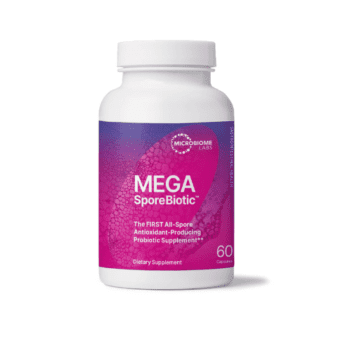
MegaSporeBiotic™ is a 100% spore-based, broad-spectrum probiotic shown...
MegaSporeBiotic™ Gummies are a 100% spore-based proprietary probiotic...
MegaMucosa is the first complete mucosal support supplement...

Meet Your Microbiome: The Human Microbiome and How to Optimize It On and in the average human, there reside approximately
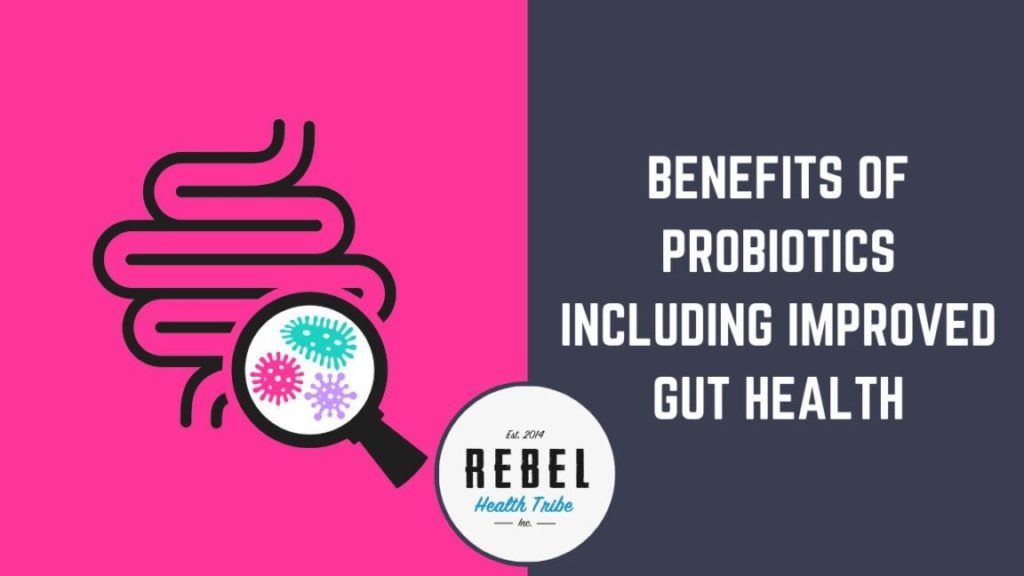
Benefits of Probiotics Including Improved Gut Health “Probiotics” has become quite the buzzword – with countless products and supplements proudly

Gut Microbiome Health and the Gut-Immune System Connection: Part 2 Lower GI The diverse community of microbes in your digestive

Gut Microbiome Health and the Gut-Immune System Connection: Part 1 Upper GI The message is out: gut health is critical